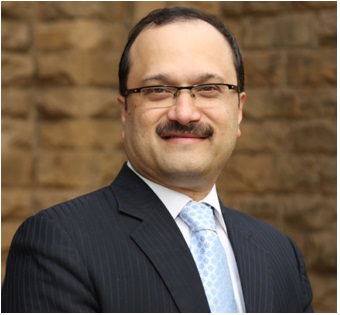Infertility is a rapidly rising concern for many women across the globe. In order to resolve the problem of infertility, leading medical practitioners and specialists suggested the use and implementation of antagonists in the infertility practice.
When it comes to controlling ovarian stimulation, it is a known fact that there is always a risk of premature luteinisation, mainly because of the premature LH surge. This can often lead to untimely rupture of the ovulation of the egg, leading to a low-quality oocyte, thereby reducing the chances of pregnancy. It was mainly the biggest hurdle when infertility or ART (Assisted Reproductive Technology) treatment had been devised.
The basic aim in any ART treatment is to recruit a cohort of approximately 10 – 15 follicles that would produce a similar number of eggs and embryos. At the same time, we have to ensure that we do not have moderate or severe hyperstimulation with the use of antagonists.
If you’re thinking as to what are the outcomes that would be measured in any Assisted Reproductive Technology cycle? Well, the outcomes are prevention of premature LH surge and the outcomes that matter to any patient and the doctor is the pregnancy rate per woman and live birth rate per woman.
It is a good option to use GnRH. As far as stimulation protocols are concerned, there is better patient compliance because of the following:
- Reduced number of days of injections
- Possible reductions in the dose of gonadotropins
- Definite reduction in the incidence of hyperstimulation, especially when it is combined with GnRH
Whenever we use gonadotropins, we know that there is a 25% chance of patients having premature LH surge, but unfortunately, this cannot be predicted using sonography or folliculometry. Besides, a premature LH surge causes luteinisation of the follicles and the high LH affects the maturation and the quality of oocytes.
A few other questions to be answered include:
- What are the methods to prevent premature LH surge?
- How does the GnRH agonist act?
- Is there any difference between the suppression of the LH surge between the agonist and the antagonist?
- Is there any difference in the amount of gonadotropins used?
- What happens when there is a cycle cancellation?
- Does GnRH antagonists carry any advantage or is the technology yet to prove its worth?
For detailed answers to these and other questions you might have on the use of antagonists in assisted reproductive technology, enroll for live lectures by Dr. Ameet Patki (M.D., D.N.B, F.I.C.O.G, F.R.C.O.G. – UK) Click here



